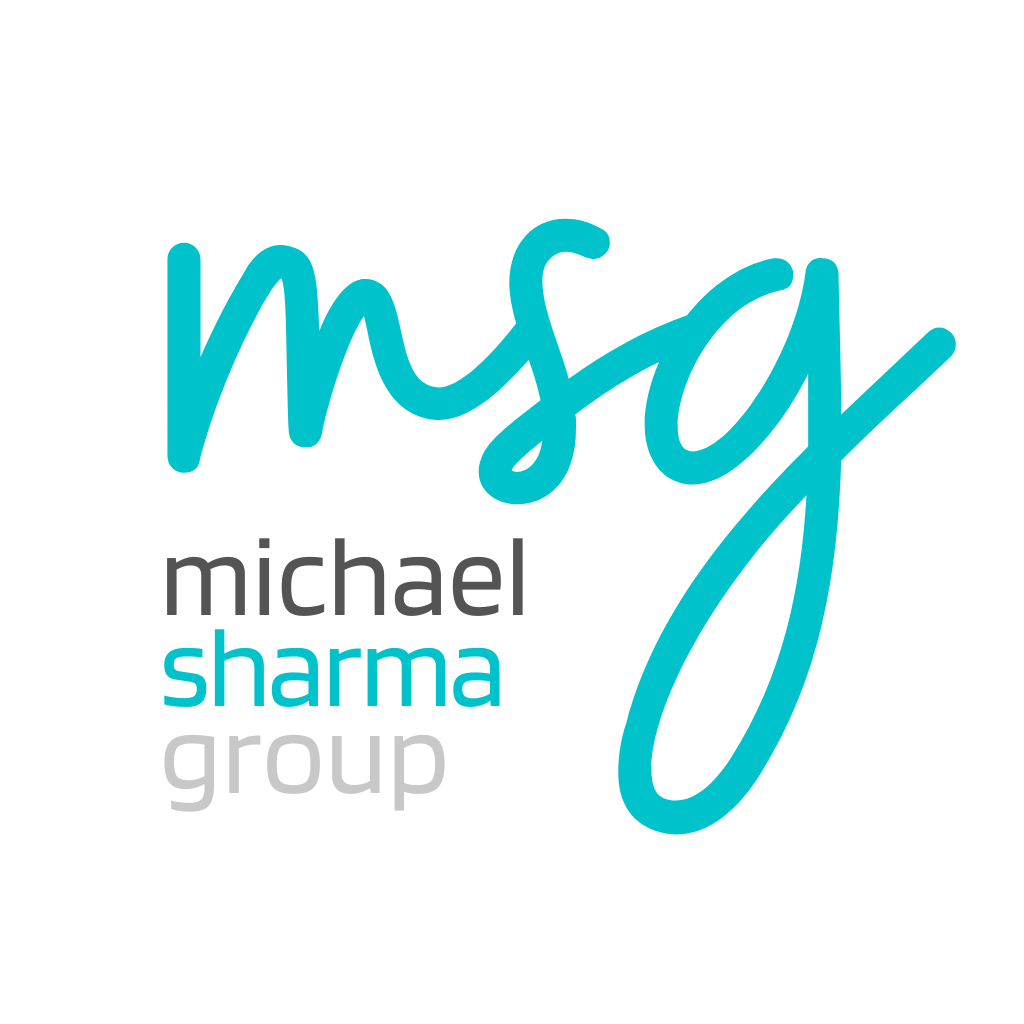Ready to embark on your job search journey? Your first step is to create an outstanding resume that will grab the attention of hiring managers in today’s competitive job market. But fear not, because we’ve got you covered! In this ultimate step-by-step guide, we’ll walk you through the resume writing process, ensuring that you have all the tools you need to showcase your skills and land your dream job. So, let’s dive in and get started!
Research and Preparation
Before you start writing your resume, take some time to research the industry and the specific role you’re interested in. Look for keywords and skills that are commonly mentioned in job descriptions. This will help you tailor your resume to the specific needs of the employer. Additionally, research the company you’re applying to. Understanding their values, mission, and culture will allow you to align your resume with their expectations and demonstrate your genuine interest in their organization.
Choose the Right Format
There are several resume formats to choose from, including chronological, functional, and combination formats. Selecting the right format is crucial as it determines how your information is presented. A chronological format is the most common, where your work experience is listed in reverse chronological order. A functional format highlights your skills and accomplishments, making it ideal if you’re changing careers or have gaps in your employment history. A combination format incorporates elements of both. Choose the format that best highlights your skills and experiences, keeping in mind the industry and the position you’re applying for.
Contact Information and Header
Start your resume with your name, phone number, email address, and LinkedIn profile URL. Make sure your email address is professional and avoid using outdated email domains (sorry, AOL!). Including a header with your name and contact information at the top of each page gives your resume a polished and cohesive look. You can also add a professional summary or branding statement in the header to provide a quick snapshot of your qualifications.
Professional Summary/Objective Statement
Capture the attention of the hiring manager with a compelling professional summary or objective statement. This section appears at the beginning of your resume and serves as a brief introduction. It should highlight your key skills, experiences, and goals, tailored to the specific job you’re applying for. A professional summary is ideal for experienced professionals, showcasing their expertise and accomplishments. An objective statement, on the other hand, is suitable for entry-level candidates or those transitioning careers, stating their career goals and how they align with the position.
Work Experience
This is where you showcase your professional history. Start with your most recent job and work backward, listing your job title, company name, dates of employment, and a brief description of your responsibilities and achievements. Use action verbs to make your accomplishments stand out. Quantify your achievements whenever possible to provide context and demonstrate your impact. For example, instead of saying “Managed a team,” say “Managed a team of 10 employees, resulting in a 20% increase in productivity.”
Education and Certifications
Include your educational background, starting with your highest degree or certification. Mention the institution, degree earned, and graduation year. If you have relevant certifications or additional courses, include them as well. Highlight any academic achievements or honours to showcase your dedication and commitment to learning. If you’re a recent graduate or have limited work experience, emphasize your education to demonstrate your relevant knowledge and skills.
Skills Section
Highlight your relevant skills in a dedicated section. Be sure to include both hard skills (e.g., proficiency in software and languages) and soft skills (e.g., communication and leadership abilities). Use bullet points to make them easy to read. Tailor your skills section to the job description, emphasizing the skills that are most relevant to the role. Consider including a mix of technical and transferable skills to showcase your versatility and adaptability.
Achievements and Awards
Stand out from the crowd by showcasing your accomplishments and awards. This section adds credibility to your resume and demonstrates your value to potential employers. Include any relevant recognition you’ve received, whether it’s a performance-based accolade, a leadership award, or a volunteer recognition. Quantify your achievements whenever possible to provide context and make them more impactful. For example, instead of saying “Received Employee of the Month,” say “Received Employee of the Month for exceeding sales targets by 30%.”
Tailor Your Resume
Customize your resume for each job application. Review the job description, identify keywords, and incorporate them into your resume. Tailoring your resume to each position shows hiring managers that you’ve taken the time to understand their needs and are a perfect fit for the role. Adjust your professional summary, skills section, and work experience to align with the specific requirements of each job.
